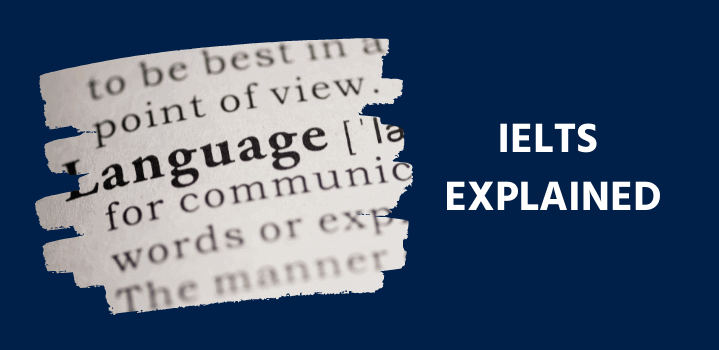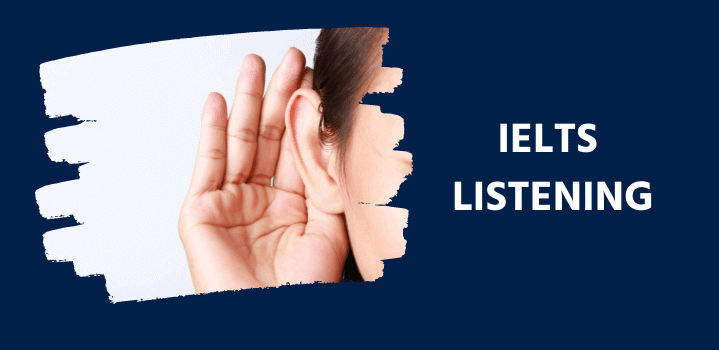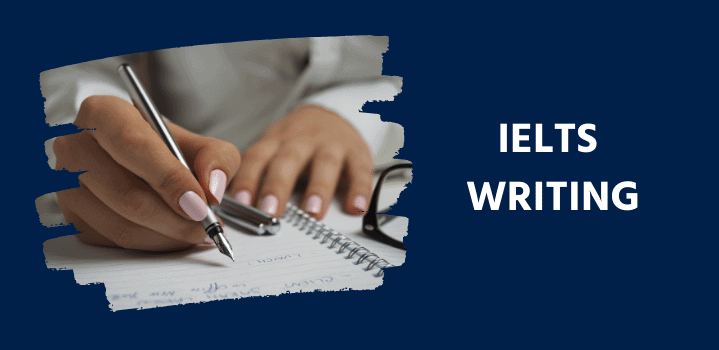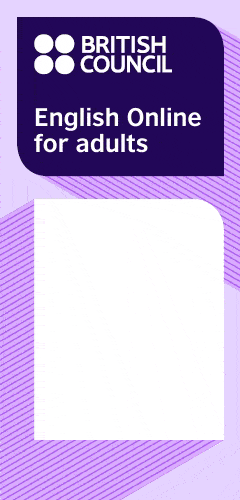IELTS stands for International English Language Testing System and is one of the leading English language tests international students use to apply for English speaking university-level courses. The test is widely accepted across the world. It measures the four language components of reading, writing, speaking and listening and awards a score of 0 to 9 for each section and an overall score.
History of the IELTS test
IELTS stands for International English Language Testing System and was initially called the ‘The English Language Testing Service’, created in 1980 by Cambridge English Language Assessment and The British Council. The test was designed to measure a person’s ability to use and understand spoken and written English, regardless of nationality or where they studied.
The test consists of four sections: reading, writing, speaking and listening. This format was innovative at that time and reflected the adoption of communicative language learning and teaching English for a specific purpose.
The IELTS test is difficult. Even native speakers struggle to gain top marks. However, this difficulty and accurate score results make the test well-regarded internationally for English-speaking universities.
Academic IELTS Vs General IELTS
There are two types of IELTS test- one for university applications and the other for work or visa applications.
IELTS Academic
IELTS Academic is a test that measures your English language proficiency to see if you’re ready for study on university-level courses.
The test evaluates the words and structures used by the learner in an academic context. The reading and writing components of the test focus on understanding and using factual, descriptive, analytical and comparative language; the test involves reading and writing about graphs and tables.
IELTS General Training
IELTS General Training is a program that measures English language proficiency in different settings for work or immigration visas. The tasks and tests reflect both workplace situations as well as social interactions with native speakers.
In this article, we are only going to focus on the Academic IELTS test.
Scores required for University courses.
To support your university application as an international student, you must demonstrate that your English language skills are satisfactory. The table below shows the minimum requirements for each level of study at UK universities. However, be aware that universities can set higher scores for specific courses or across their whole range of programmes.
| University course level | IELTS Requirement |
| Bachelor’s Degree | IELTS 6.5 (6.0+ in all skills) |
| Master’s Degree | IELTS 6.5 (6.0+ in all skills) |
What does each IELT band mean?
Language is vast and complex, making assessing the exact level of ability challenging. Therefore, the IELTS score is broken down into nine wide bands.
As the bands are wide, it can take many 100’s of hours of practice and study to move up one band. The table below shows the definition of each band.
9 Expert User
8 Very Good User
7 Good User
6 Competent User
5 Modest user
4 Limited User
3 Extremely Limited User
2 Intermittent User
1 Non User
0 Did not attempt the test
You can also roughly group the bands into three stages of language learning.
1 to 3 Beginner
4 to 6 Limited to the competent speaker
7 to 9 Fluent English speaker
As you can see, to study at degree or master’s level, you need to demonstrate a competent to fluent level of English.
IELTS Bands 4 to 9 explained
Below is a quick guide on what each level means about a person’s English language ability.
Band 4 – Limited User
Your basic skills are limited to things that you are familiar with. As a result, you have trouble understanding and expressing yourself when it comes to complicated topics.
Band 5 – Modest user
You can usually understand what is happening in most situations, but you will make many mistakes. For example, you should be able to talk about your work, study or family with other people.
Band 6 – Competent User
Generally, you can speak good English even though you make some mistakes and may use words in an odd way. You can use and understand more complicated terms when you are talking about things that you know well.
Band 7- Good user
You are good at using the language. You make some mistakes sometimes. You understand complex situations.
Band 8- Very good user
You can understand almost everything. You make mistakes sometimes, but they are not very often. You can handle complex arguments.
Band 9 – Expert user
You are very good at English. You use it correctly, and you understand it well.
IELTS test format
The IELTS exam format is made up of four sections that are designed to evaluate your ability. The four sections are reading, writing, listening and speaking.
The listening and speaking tests are the same for general and academic IELTS.
IELTS Listening test
The IELTS listening test takes 30 mins and consists of four recordings and 40 questions. Each question is worth 1 point.
There are 6 question types in the IELTS listening- from multiple choice to writing complete sentences.
Type 1 – Multiple choice- pick A, B or C
Type 2 – Matching- pick the right lists of options
Type 3 – Plan, map, diagram labelling- add labels to a diagram
Type 4 – Form, note, table, flow-chart, summary completion – fill in the gaps on a text, table or form.
Type 5 – Sentence completion- fill in the gaps of a sentence
Type 6 – Short-answer questions- answer a written question about the listening
IELTS Speaking test
The speaking test can last from 11 to 14 minutes and consists of 3 parts where you interact with the examiner.
Part 1- Introduction and interview
The instructor will ask you about yourself and familiar topics, and it takes around 4 to 5 minutes.
Part 2 – Long turn
You are given a card with the topic and have one minute to prepare. Then, you have 2 minutes to speak about the topic given to you by the instructor.
Part 3 – Discussion
The examiner and the test taker now discuss the topic in part 2 in more detail. This part lasts for 4 to 5 minutes.
All IELTS examiners are trained professionals who follow strict guidelines. They mark each part of the IELTS speaking test using the bands 0 to 9 and give an overall score based on the average of all three parts.
IELTS Academic Reading test
For this article, we are only going to focus on the academic IELTS test reading test.
The IELTS reading test takes 40 minutes to complete and comprises three reading texts and 40 questions. Each question is worth 1 point.
The academic IELTS reading articles are appropriate for people entering university courses or seeking professional registration. The texts are taken from books, journals, magazines and newspapers. A minimum of one text will contain a logical argument.
When marking this test section, the examiner will use a conversion table that maps the score out of 40 to the bands 0 to 9.
IELTS Academic Writing test
For this article, we are only going to focus on the academic IELTS test writing test.
The IELTS academic writing test takes 60 minutes and has two tasks.
Task 1
In task one, you have 20 minutes to write 150 words describing or explaining a graph/table/chart or diagram.
Task 2
Task 2 counts for twice as many marks as Task 1 and should take around 40 minutes. For example, you might be given a statement about society and ask if you agree or disagree with this opinion.
For both tasks, you get marked down if you do not meet the word count or do not answer the question clearly. However, you do not get marked down for going over the word count.
The examiner will be marking the writing based on the following areas.
Coherence and cohesion
Lexical resource
Grammatical range and accuracy
How to practice for the test for free
Most students taking the IELTS test enrol on dedicated IELTS training courses. However, if this is not for you or you are unsure about enrolling on a course, there is a wide range of practice material and tests available online for free.
You can use these free resources to test yourself to get a feeling of your current level and then decide on your next steps.
Below are some of the best free resources available online.
Get a free English level Assessment from The British Council
Online practice IELTS tests from the britishcouncil.com
IELTS practice test from ielts.org
Free IELTS practice app from britishcouncil.org
A collection of practice exam papers from english-exam.org
A great collection of videos by IELTS Liz
How and where to take the IELTS test
You need to take the IELTS test in person at a recognised test centre. There are 1,600 test centres in over 140 countries. The tests are on specific dates that vary from centre to centre. The test will take 4 hours and involves a fee.
The British Council has an easy-to-use website to find and book a test in your nearest centre.
Conditional Offer letters and IELTS
When you are applying for an online degree or master’s, it is quite common for UK universities to offer conditional offer letters based on getting a specific IELTS score.
Conditional Offers are great for applicants as they know they are guaranteed a place on their chosen course before committing to spending time and money on the IELTS test.





